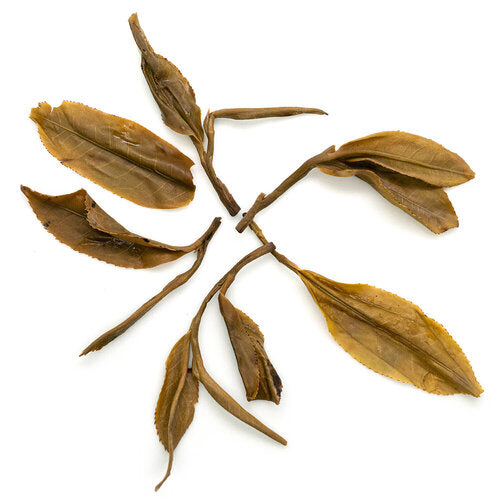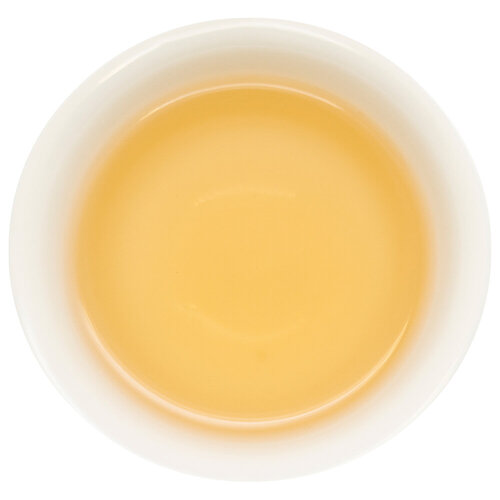The sweetest Pu Er east of the Lan Cang River. We love this tea for its pure elegance! The Long Pa village owns two lots of tea - Le De and A Hei. We source from both lots to highlight the variety in the micro-terroir. We also source Wild You Le Long Pa harvested from a two-hours-hike forest away from the village. The tea trees are so tall (7-15 m) that only selected tea pickers can climb up the tree. Only 10-20 pounds of this tea are crafted every year.
You Le is one of the famous old six ancient tea mountains east of Lang Can river. Our You Le is harvested from ancient tea trees 200-600 years old. Pu Er teas are typically named after the location where they are grown; Long Pa (Ya Nuo in local language) is one of the most prized villages. You Le mountain is also sometimes called Jing Nuo mountain, named after the Jing Nuo people which are one of the least populated minorities of China.
While the Pu Ers from the east side of Lan Cang River are all known for their elegance and mild temperament, You Le stands out as the sweetest of all.
You Le is made of Qun Ti Da Ye Zhong (Heirloom Large Leaf) material. Pu Er making follows a typical green tea process; that’s why it is academically classified as a sun-dry green tea. Pu Er picking is usually one bud with two or three leaves. The teas are generally shade wilted to lose some moisture before being wok-fried in a large batch. The large batch of Pu Er being processed each time is the “mistake” that causes the tea’s enzyme not to be damaged thoroughly, providing the basis for aging Pu Er later on. The hot and moist tea leaves are then rolled and shaped quickly before being evenly spread out under the sun to dry. Aggressively intense sun is the most preferred in Pu Er making.








